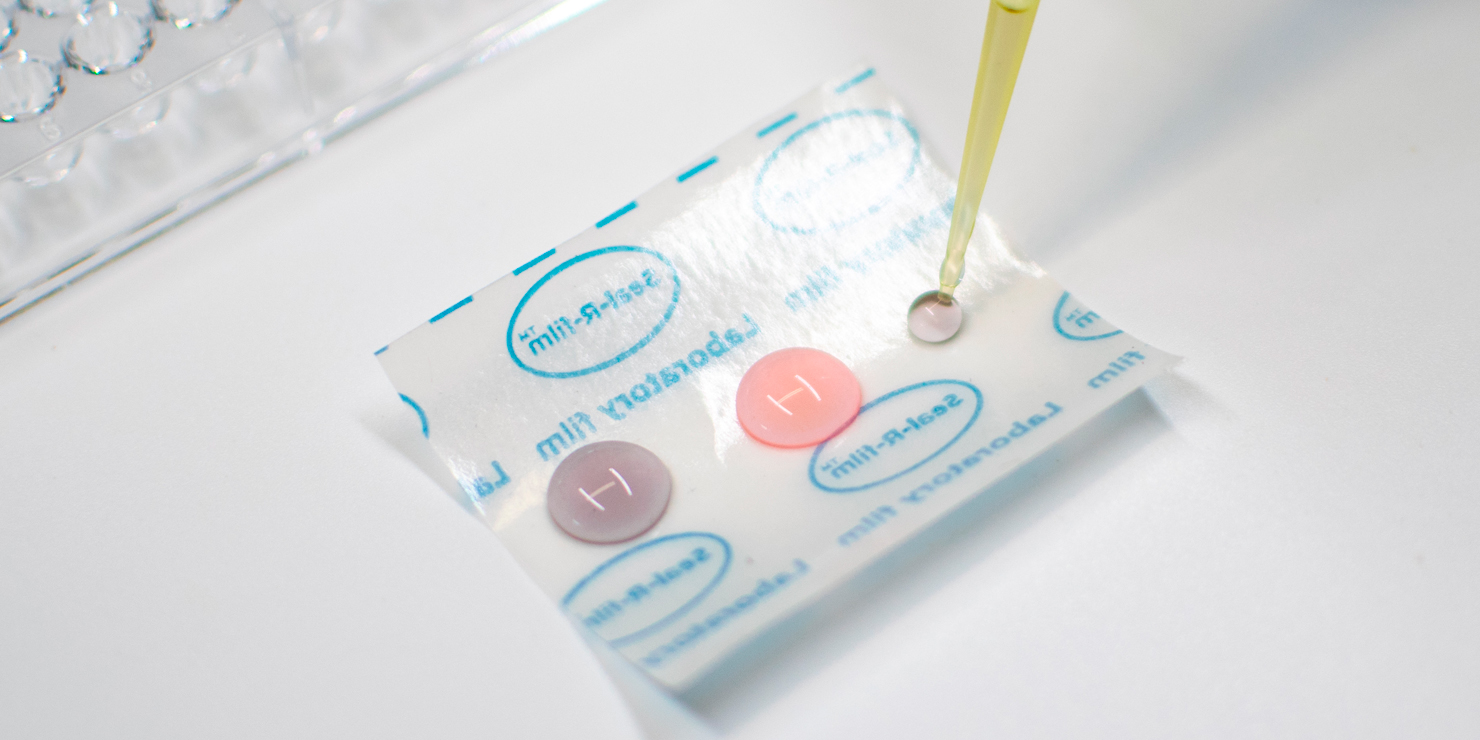Transmission Electron Microscopy (TEM) is a powerful tool in the world of scientific research, allowing scientists to explore the nano-scale structure of various materials and biological specimens with remarkable detail. However, to obtain high-quality TEM images and accurate data, the sample preparation process is critical. One often-overlooked but crucial aspect of sample preparation for TEM is the hydrophobic property, which can make a world of difference in ensuring the integrity of your samples. In this blog post, we’ll delve into the significance of the hydrophobic property of Seal-R-Film® and how it enhances the sample processing for TEM.
Understanding TEM Sample Processing:
Before we dive into the importance of Seal-R-Film®’s hydrophobic property, let’s briefly outline the essential steps involved in sample processing for TEM:
- Sample Collection: The process starts with the collection of the sample, which can be a biological specimen, nanoparticles, or other materials of interest.
- Sample Fixation: The sample is typically fixed with chemical solutions to preserve its structure and prevent artifacts during TEM.
- Dehydration: Removing water from the sample is crucial as excess moisture can interfere with TEM imaging. Samples are dehydrated using a series of alcohol solutions.
- Infiltration: Samples are then infiltrated with resin or epoxy to provide stability and support for ultra-thin sectioning.
- Ultra-Thin Sectioning: Ultramicrotomy is used to create ultra-thin sections (usually 50-100 nm thick) of the sample.
- Grid Mounting: These thin sections are then mounted on TEM grids, ready for imaging.
The Role of Hydrophobicity in TEM Sample Processing:
Now, let’s discuss why the hydrophobic property of Seal-R-Film® is crucial in this process:
- Moisture Control: TEM samples are highly sensitive to moisture. Water can lead to swelling, distortion, and loss of structural integrity, making your samples unsuitable for TEM analysis. Seal-R-Film®, with its hydrophobic properties, acts as an effective moisture barrier, preventing any external moisture from infiltrating your samples.
- Sample Preservation: Maintaining the structural integrity of your samples is paramount for accurate TEM analysis. Seal-R-Film® ensures that your samples stay dry and undistorted throughout the sample preparation process, preserving their natural state.
- Contamination Prevention: Hydrophobicity not only repels water but also helps in preventing the ingress of contaminants that may compromise the quality of your samples. Seal-R-Film® provides a sterile and clean environment for your samples, reducing the risk of contamination.
- Consistency: Achieving consistent results in TEM relies on consistent sample processing. Seal-R-Film® ensures uniform protection against moisture and contaminants, contributing to the reliability and reproducibility of your experiments.
Conclusion:
In the world of Transmission Electron Microscopy, attention to detail in sample preparation is key to obtaining high-quality results. Seal-R-Film® stands out as an indispensable tool with its hydrophobic property, safeguarding your samples from moisture and contaminants. By incorporating Seal-R-Film® into your TEM sample processing workflow, you can enhance the reliability and accuracy of your research, ultimately leading to more profound insights and discoveries in the world of nanoscale imaging. Explore the world of TEM with confidence, knowing that your samples are protected by Seal-R-Film®.

